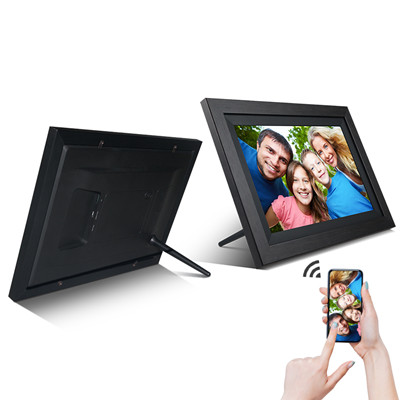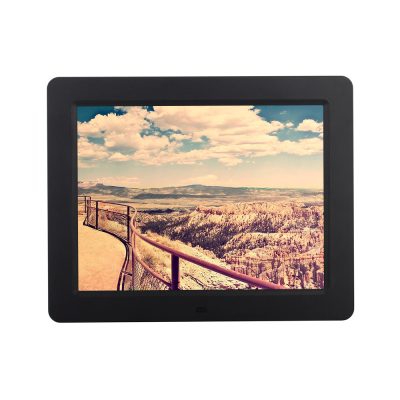Touch screen technology has become an integral part of everyday life, influencing a wide range of industries and applications. Here are some common ways touch screens are used in everyday life:
- Smartphones and Tablets: Touch screens are the primary input method for smartphones and tablets. They allow users to interact with apps, make calls, send messages, browse the internet, and more.
- Laptops and Computers: Many laptops and all-in-one computers are equipped with touch screens, enabling users to navigate the operating system, launch applications, and interact with content using touch gestures.
- ATMs and Self-Service Kiosks: Automated teller machines (ATMs), self-checkout kiosks in stores, and ticket vending machines often feature touch screens for user interaction and transaction processing.
- Interactive Displays: Touch screens are used in interactive displays at museums, exhibitions, and educational institutions to provide interactive learning experiences and engage visitors.
- Gaming Consoles: Gaming consoles like the Nintendo Switch and Xbox feature touch screens in their controllers or as part of the gaming experience.
- Automotive Infotainment Systems: Touch screens are integrated into modern car infotainment systems, allowing drivers and passengers to control music, navigation, and other functions.
- GPS Navigation Devices: Portable GPS navigation devices and in-car GPS systems utilize touch screens for input and route selection.
- E-Readers: Devices like e-readers and digital notepads often incorporate touch screens to allow users to flip through pages, highlight text, and make annotations.
- Digital Signage: Touch screens are used in digital signage for interactive advertising and information displays in public spaces like airports, malls, and retail stores.
- Medical Devices: Touch screens are common in medical devices such as patient monitoring systems, ultrasound machines, and diagnostic equipment, allowing healthcare professionals to input data and interact with software.
- Smart Home Devices: Touch screens are used in smart home control panels, allowing users to manage connected devices, adjust lighting, and control security systems.
- Restaurant and Point-of-Sale (POS) Systems: Restaurants and retail stores often use touch screen POS systems for order processing and payment transactions, enhancing efficiency and accuracy.
- Public Transportation Ticketing: Touch screens are employed in ticket vending machines and self-service kiosks at public transportation terminals for purchasing tickets and checking schedules.
- Airline Check-In: Airline passengers can check in for flights and print boarding passes at touch screen kiosks in airports.
- Education: Touch screens are increasingly used in classrooms and educational settings, enabling interactive learning experiences through digital whiteboards, tablets, and interactive displays.
- Televisions: Some modern smart TVs feature touch screens or touchpad remote controls for navigating content and settings.
- Retail and Inventory Management: Touch screens are used in retail for inventory management, tracking stock levels, and managing sales transactions.
- Music Production: In music production, touch screens are used in digital audio workstations (DAWs) and MIDI controllers for hands-on control of software instruments and effects.
Touch screen technology has revolutionized the way we interact with digital devices and has made them more accessible and user-friendly. Its presence in various aspects of daily life continues to grow as technology advances and becomes more integrated into our routines.















